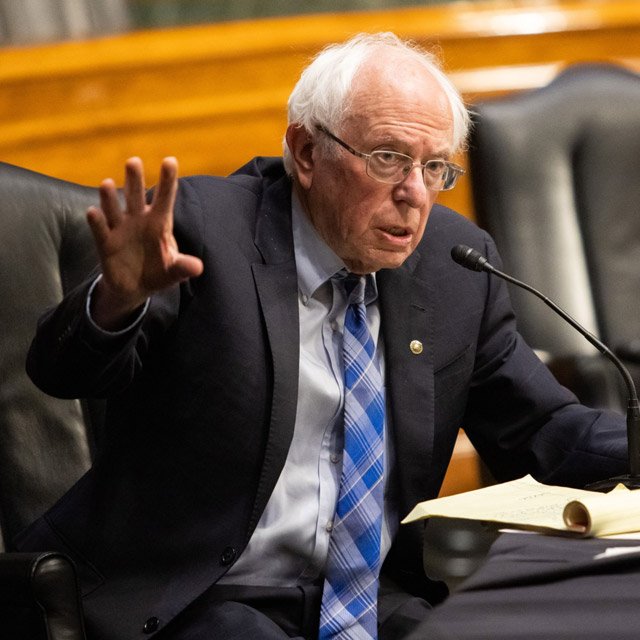Analysts Say Sanders' New 'Medicare For All' Bill Could Create a Care Gap

“Much of that overhead is spent on contesting claims and denying care to patients,” Gaffney said.
The CBO’s View
One response from critics is that promising to pay for care is different from actually delivering care.
The original Medicare program uses deductibles, co-payment requirements and coinsurance requirements to manage patients’ use of care. Government-run health care systems in other countries often do the same.
Sanders’ proposals would eliminate patient premiums and cost-sharing requirements. The main constraint on the amount of care provided would be the amount of cash allocated to pay hospitals, physicians and other care providers.
Private insurers now pay providers at least about twice as much as Medicare pays for typical services. In a single-payer system, a government program would be the only payer, and single-payer system designers often assume the new payment rates would be similar to Medicare payment rates.
Swagel said CBO analyses show that a single-payer system could have effects that would work to increase the supply of care as well as to hold down the supply of care.
“The supply of health care would increase because of fewer restrictions on utilization, less money and time spent by providers on administration and providers’ responses to increased demand for care,” Swagel said.
But, at the same time, efforts to cut provider pay could hold down the supply of care, Swagel added.
“The increase in unmet demand for care would correspond to increased congestion in the health care system,” Swagel predicted.
In written testimony, Swagel shows that, in one scenario analyzed, with relatively high provider pay rates, the CBO found that a single-payer health care system could reduce hospital pay 13%, reduce physician pay by 7%, and increase the unmet demand for care by 2%.
In that scenario, overall national health expenditures would be 9% lower than if the current system stayed in place, according to the CBO.
“In the long term, payments lower than those projected under current law might cause fewer people to enter health care professions and fewer new drugs to be developed,” Swagel said. “If providers were unable to adjust to slower growth in payment rates by operating more efficiently and remaining financially viable, they could cease to operate, possibly leading to greater congestion in the health care system.”
Blahous’ View
Blahous — who was the deputy director of President George W. Bush’s National Economic Council — said that the CBO assumes that a single-payer system would cut nurses’ administrative burden by 80%, and that this is likely overly optimistic.
If a single-payer system cut the administrative burden by 80% and limited physicians and hospitals to earning reimbursement rates similar to Medicare rates, 97% of any newly generated demand for care could go unmet, Blahous estimated.
Pictured: Sen. Bernie Sanders, I-Vt. (Photographer: Graeme Jennings/Washington Examiner/Bloomberg)




